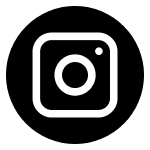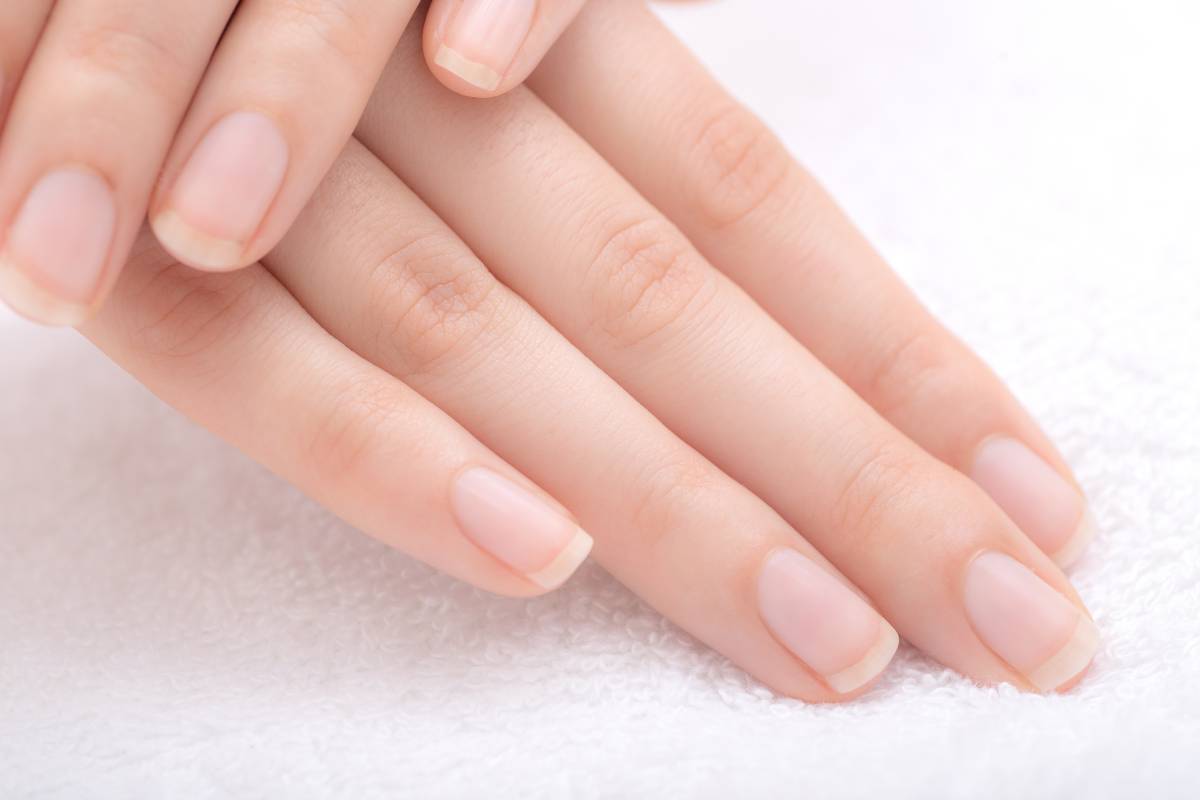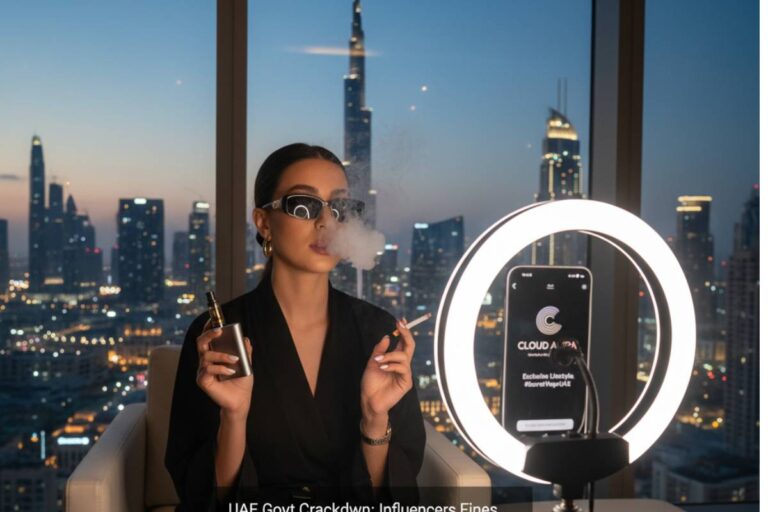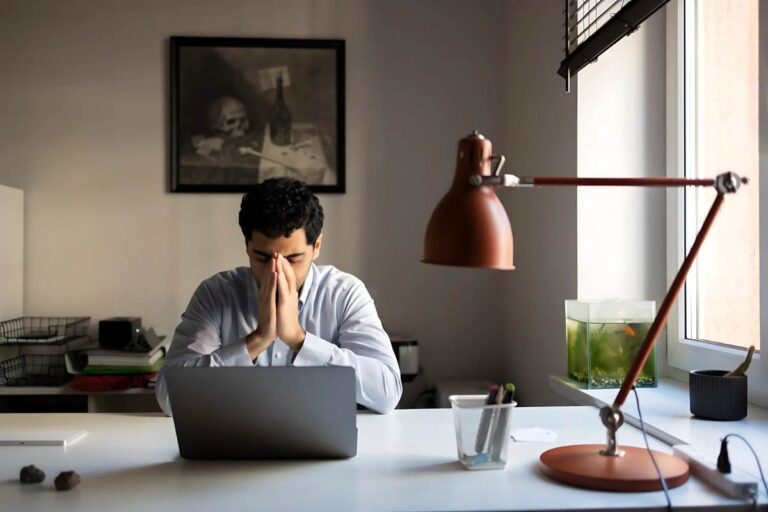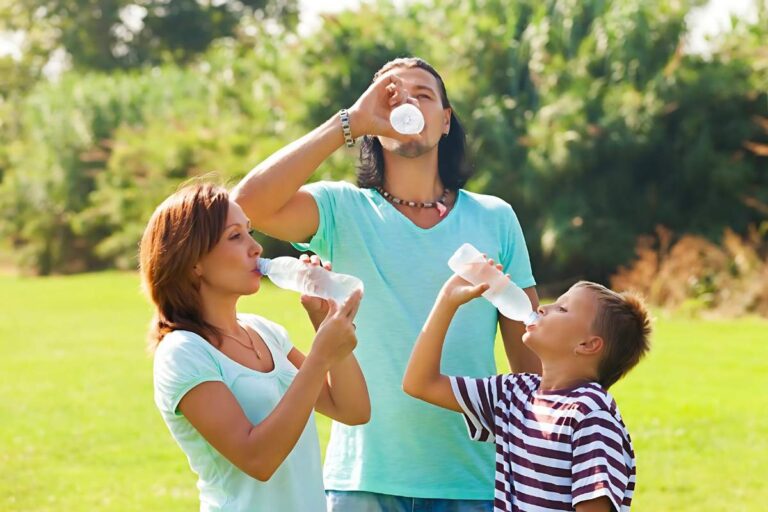The beauty world is ever-changing, and the newest trend making headlines is ‘soap nails’. The simple manicure trend replicates the soft, transparent, and milky texture of soap bubbles to create nails with a shiny and natural look. “Unlike bright or complex nail art, soap nails aim for a fresh and barely-there look, hence are an attractive option for those who want a clean and simple look,” stated Dr Akanshya Baruah, consultant dermatologist, Kaya Limited.
“Typically it is done in layers of thin gel polish or specialized jelly formulas, sometimes overlaid with hints of subtle iridescence to give an impression of a dewy gleam,” he added.
As much as the trend is celebrated for its urbane simplicity, repeated use of gel-based polish and UV curing techniques can create potential hazards for nail health, warned Dr Baruah.
The use of gel polish repeatedly may make the nail weaker, brittle and very dry due to the method of removal with strong acetone-based solutions stripping natural moisture away from the nail plate, states Dr Baruah.
“Eventually, this leads to peeling, splitting, and heightened fragility, leaving nails more susceptible to damage. Furthermore, the UV exposure involved in curing gel polishes has raised issues about premature skin aging around the nail and cumulative photoaging effects,” said Dr. Baruah.
Extended UV exposure, particularly unprotected, can lead to hyperpigmentation or an elevated risk of long-term skin damage.
“Certain gel polishes also have acrylate-based chemicals, which can cause contact dermatitis, allergic reactions, and skin irritation in sensitive individuals. Repeated applications without caution can also lead to thinning of the nail plate, causing nails to become rough, weak, and prone to infections,” said Dr Baruah.
If water becomes trapped beneath poorly cured or raised gel layers, it will provide a perfect setting for fungal or bacterial infections, resulting in discoloration of the nails and, in extreme cases, nail detachment (onycholysis).
To minimize these risks and enjoy the soap-nails phenomenon, healthy nail-care routines must be adopted.
One of the most critical preventive measures is to request your nail technician not to trim your cuticles, as cuticles provide a natural shield that guards the nails against bacteria and infection, according to Dr Baruah. “Instead, push them back gently and moisturize with cuticle oil.”. Selecting a nail salon that employs LED curing lights rather than UV lights is another crucial precaution, as LED lights cure gel polish more quickly, limiting exposure to dangerous wavelengths and reducing the risk of skin damage,” added Dr Baruah.
Also, it is always advisable to “choose gel nails instead of acrylics” since the gel is less rigid and less damaging to the natural nail, while acrylics tend to be too rigid and can cause nail breakage.
Breaks between gel manicures prevent natural nail weakening, while frequent application of nourishing nail serums and cuticle oils can restore moisture and encourage the health of nails.
If UV curing is necessary, the use of broad-spectrum sunscreen or wearing UV-protective gloves will protect the sensitive skin around the nails,” explained Dr Baruah.
The use of non-acetone removers or professional soak-off methods minimizes excessive nail damage, and the use of biotin-containing foods or supplements can also further promote nail strength.


